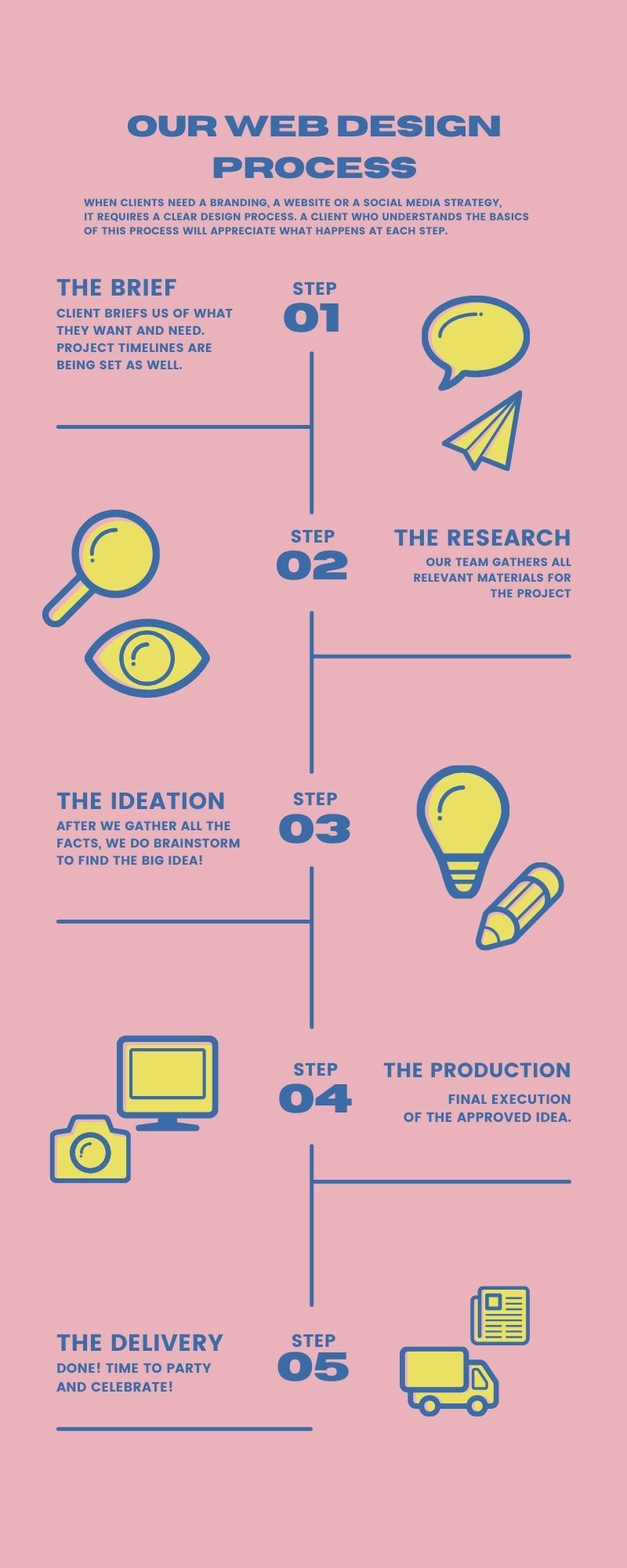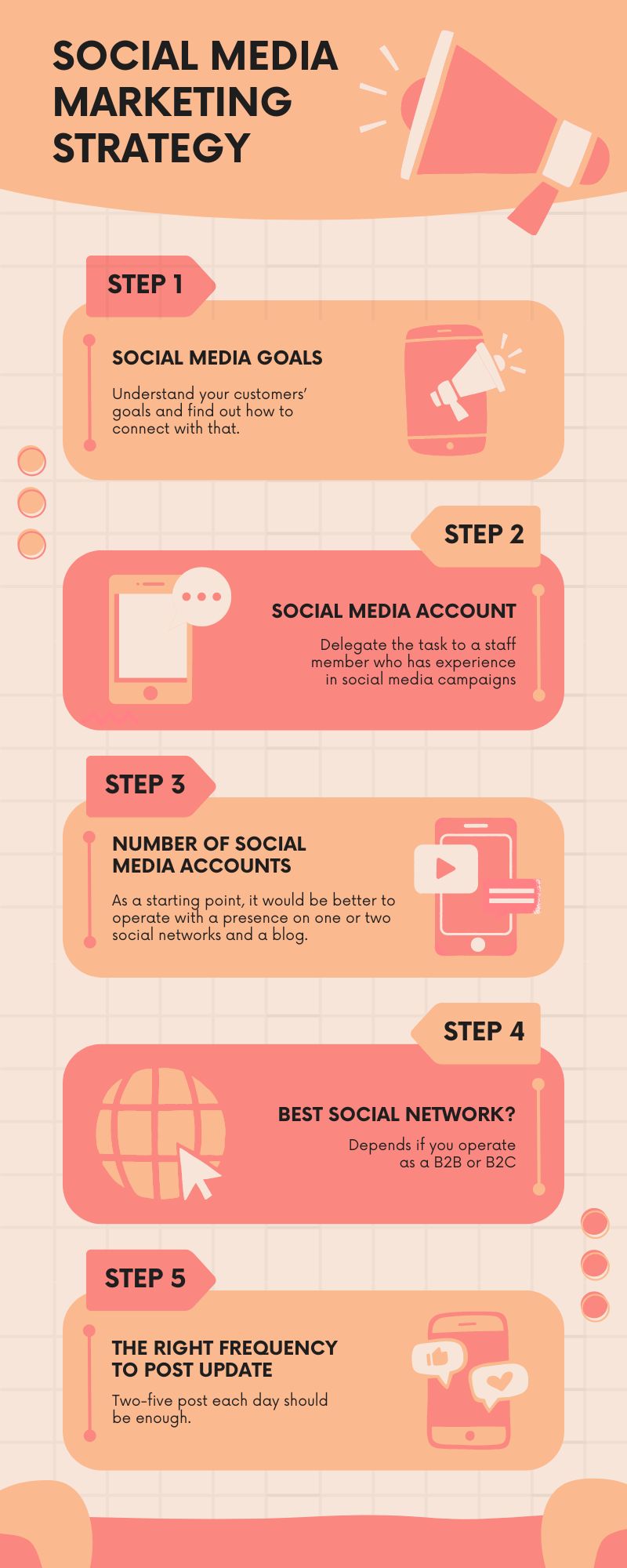In today’s digital transform, It is important to get attracted to business needs and score so that every business can attract and retain customers. A well-designed website is often the first point of contact for potential clients, making it an essential tool for generating leads and driving sales. However, many businesses struggle to convert website visitors into leads, resulting in missed opportunities for growth. In this post, we will explore some common reasons why your website might not be driving leads and provide actionable steps to fix them.
1. Lack of Clear Call-to-Actions
One of the most common reasons why websites fail to generate leads is the absence of clear call-to-actions (CTAs). A CTA is a prompt that directs visitors to take a specific action, such as signing up for a newsletter, requesting a quote, or making a purchase. Without CTAs, visitors may not know what steps to take next, leading to missed opportunities for conversion. To address this issue, review your website and ensure that each page includes clear and compelling CTAs that guide visitors towards taking the desired action.
how can you fix the problem of lack of clear CTAs in your marketing materials? Here are a few tips to help you improve your call-to-action strategy:
- Be specific and direct: Your CTA should clearly state what action you want your audience to take. Use strong, action-oriented language that leaves no room for ambiguity. For example, instead of saying “Learn more,” say “Click here to sign up for our newsletter.”
- Make it stand out: Your CTA should be visually distinct from the rest of your content. Use contrasting colors, bold fonts, or buttons to make it easy for your audience to spot and engage with.
- Create a sense of urgency: Encourage your audience to act quickly by using words like “limited time offer” or “act now.” This can help create a sense of FOMO (fear of missing out) and prompt immediate action.
- Test and optimize: Don’t be afraid to experiment with different CTAs to see what resonates best with your audience. A/B testing can help you determine which calls-to-action are most effective at driving conversions.
- Provide value: Your CTA should clearly communicate the benefit or value that your audience will receive by taking the desired action. Whether it’s a discount, a free trial, or exclusive content, make sure your audience understands what’s in it for them.
By implementing these strategies, you can improve the effectiveness of your call-to-actions and increase your chances of converting leads into customers. Remember, a clear and compelling CTA is the cornerstone of a successful marketing campaign, so don’t overlook its importance in your digital marketing efforts.

2. Poor Website Design
Another factor is poor website design that can hinder lead generation is poor website design. A cluttered layout, slow loading times, and confusing navigation can all contribute to a negative user experience, causing visitors to leave your site before taking any action. To improve your website’s design, focus on creating a clean and intuitive layout, optimizing images and videos for faster loading speeds, and simplifying navigation for easy access to important information. By enhancing the overall user experience, you can increase the likelihood of converting visitors into leads.
How to fix poor website design
Improve the navigation: Make sure that the navigation menu is easily accessible and organized logically. Users should be able to find what they are looking for quickly and easily.
Use a clean and simple layout: A cluttered website can be overwhelming and difficult to navigate. Use white space effectively and keep the design clean and simple.
Use consistent branding: Make sure that the colors, fonts, and overall design align with your brand identity. Consistency in branding helps to build trust and credibility with users.
Make sure your website is mobile-friendly: With the increasing number of users accessing websites on mobile devices, it is crucial that your website is responsive and can adapt to different screen sizes.
Optimize loading speed: Slow loading times can frustrate users and drive them away from your website. Optimize images, minimize plugins, and enable browser caching to improve loading speed.
Improve content readability: Use clear and concise language, break up text with headings and bullet points, and use legible fonts to improve content readability.
Include clear calls to action: Your website should guide users towards taking a specific action, whether it’s signing up for a newsletter, making a purchase, or contacting you. Make sure that your calls to action are clear and stand out on the page.
Test usability: Get feedback from users or use tools like heatmaps to understand how users are interacting with your website. Make adjustments based on this feedback to improve usability.
Keep your website up to date: Regularly update content, fix broken links, and make sure that all information is accurate and current.
Consider hiring a professional web designer: If you’re struggling to fix your poor website design on your own, consider hiring a professional web designer or agency to help you improve the overall look and functionality of your website.

3. Ineffective Content Strategy
The content on your website plays a crucial role in attracting and engaging visitors. If your content is outdated, irrelevant, or uninformative, it may fail to capture the interest of potential leads. To address this issue, review your current content strategy and identify areas for improvement. Consider updating existing content, creating new and valuable resources, and incorporating keywords to improve search engine visibility. By providing relevant and engaging content, you can establish credibility with your audience and encourage them to take action.
4. Lack of Social Media Presence
Trust is a key factor in driving lead generation, and one way to build credibility with potential customers is through social proof. Testimonials, case studies, and reviews from satisfied clients can help reassure visitors that your products or services are trustworthy and effective. If your website lacks social proof, consider adding testimonials from satisfied customers, showcasing case studies of successful projects, and highlighting positive reviews from reputable sources. By demonstrating the value and quality of your offerings, you can instill confidence in visitors and encourage them to take the next step.
How to Fix Social Media Presence
Create social media accounts: Start by creating accounts on the major social media platforms such as Facebook, Twitter, Instagram, LinkedIn, and Pinterest. Use your business name or a name that closely aligns with your brand.
Complete your profiles: Fill out all the necessary information on your social media profiles, including a profile picture, cover photo, bio, website link, contact information, and any other relevant details.
Create a content strategy: Develop a content strategy that outlines the type of content you will post, how often you will post, and the objectives you want to achieve through social media. This could include sharing blog posts, posting product updates, running promotions, engaging with followers, etc.
Engage with your audience: Respond to comments, messages, and mentions promptly. Engaging with your audience shows that you are active and interested in building relationships with your followers.
Post regularly: Consistency is key when it comes to social media. Post regularly to keep your audience engaged and ensure that your brand stays top of mind. Use scheduling tools to plan and schedule posts in advance.
Use hashtags: Use relevant hashtags to expand your reach and make your posts discoverable to a wider audience. Research popular hashtags in your industry and use them strategically in your posts.
Share user-generated content: Encourage your followers to share their experiences with your products or services and repost their content with their permission. This creates social proof and builds trust with your audience.
Collaborate with influencers: Partner with influencers in your industry to reach a larger audience and increase brand visibility. Look for influencers whose values align with your brand and who have a strong following in your target market.
Run social media ads: Consider running targeted ads on social media platforms to reach a specific audience, promote your products or services, and drive traffic to your website.
Track and analyze performance: Use social media analytics tools to track the performance of your social media efforts. Monitor key metrics such as engagement, reach, click-through rates, and conversions to understand what is working and make adjustments to your strategy accordingly.

5. Failure to Capture Leads
Even if your website is attracting a steady stream of traffic, it’s important to have mechanisms in place to capture leads effectively. Without lead capture forms, email opt-ins, or other contact information collection tools, you may be missing out on valuable opportunities to engage with potential clients. To remedy this issue, ensure that your website includes prominent lead capture forms on key pages, offers incentives for visitors to provide their contact information, and integrates with a customer relationship management (CRM) system for seamless lead management.
Optimize your call-to-action (CTA): Make sure your CTAs are clear, compelling, and prominently displayed on your website. Use action-oriented language and offer incentives to entice visitors to sign up for your mailing list or submit their contact information.
Offer valuable content: Create high-quality, relevant content such as eBooks, whitepapers, guides, or webinars that users can download in exchange for their contact information. Providing valuable content can help attract leads and build trust with your audience.
Use pop-up forms or lead capture forms: Implement pop-up forms or lead capture forms strategically on your website to capture leads. Make sure these forms are easy to fill out and only ask for essential information to reduce friction.
Utilize landing pages: Create dedicated landing pages for specific campaigns or offers to drive conversions. A landing page should be designed to focus on a single call to action and reduce distractions to increase the likelihood of capturing leads.
Offer exclusive deals or promotions: Encourage visitors to provide their contact information by offering exclusive deals, discounts, or promotions. Limited-time offers can create a sense of urgency and motivate users to take action.
Personalize the user experience: Use personalization techniques to tailor the content and offers on your website to individual users based on their preferences, behavior, and demographics. Personalization can increase engagement and improve lead capture rates.
Implement exit-intent pop-ups: Use exit-intent pop-ups to capture leads from visitors who are about to leave your website. Offer a compelling reason for them to stay, such as a special discount or a free resource, in exchange for their contact information.
Use social proof: Display testimonials, reviews, case studies, or success stories on your website to build credibility and trust with visitors. Social proof can help convince users to provide their contact information and become leads.
Conduct A/B testing: Test different lead capture strategies, CTAs, forms, and landing pages to identify what resonates most with your audience and generates the best results. Use data and insights from A/B tests to optimize your lead capture efforts.
Follow up with leads: Once you have captured leads, follow up with them promptly and nurture them through personalized emails, targeted content, and offers to move them further down the sales funnel. Building relationships with leads is essential for converting them into customers.

